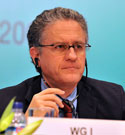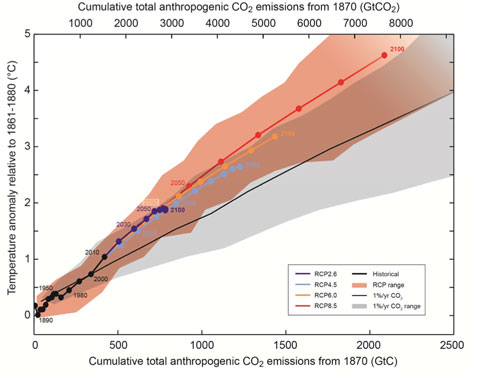 Swiss climate scientist Thomas Stocker, joint chairman of the IPCC’s Working Group One, is in New Zealand for a few days, and the NZ Climate Change Centre and the Royal Society of NZ have taken the opportunity to put together a stakeholder workshop to allow Stocker and NZ lead authors to present the key findings of the recently published AR5 WG1 report. The workshop is being held tomorrow, Friday 11th, from 9am to 1pm at the RSNZ in Wellington, and is open to the public (spaces limited, register here). For the geographically challenged, the event will be web-cast live.
Swiss climate scientist Thomas Stocker, joint chairman of the IPCC’s Working Group One, is in New Zealand for a few days, and the NZ Climate Change Centre and the Royal Society of NZ have taken the opportunity to put together a stakeholder workshop to allow Stocker and NZ lead authors to present the key findings of the recently published AR5 WG1 report. The workshop is being held tomorrow, Friday 11th, from 9am to 1pm at the RSNZ in Wellington, and is open to the public (spaces limited, register here). For the geographically challenged, the event will be web-cast live.
The workshop will open with an introduction by Richard Bedford, a council member of the RSNZ, and an overview of the IPCC process by WG1 vice-chair David Wratt. Stocker will present the key Working Group I report findings from about 9-10am. NZ’s coterie of lead authors — Dave Frame, Tim Naish, and Jim Renwick — will provide snapshots of the parts of the report they were involved with. From midday on, the Science Media Centre’s Peter Griffin will chair a “stakeholder panel” including Rod Oram, Federated Farmers vice-chair William Rolleston and Frances Sullivan from Local Government NZ to discuss how the report has been received and what it means for New Zealand.
Stocker is also being interviewed by Radio NZ National’s science correspondent Veronika Meduna, and that should be broadcast in her show next week.

